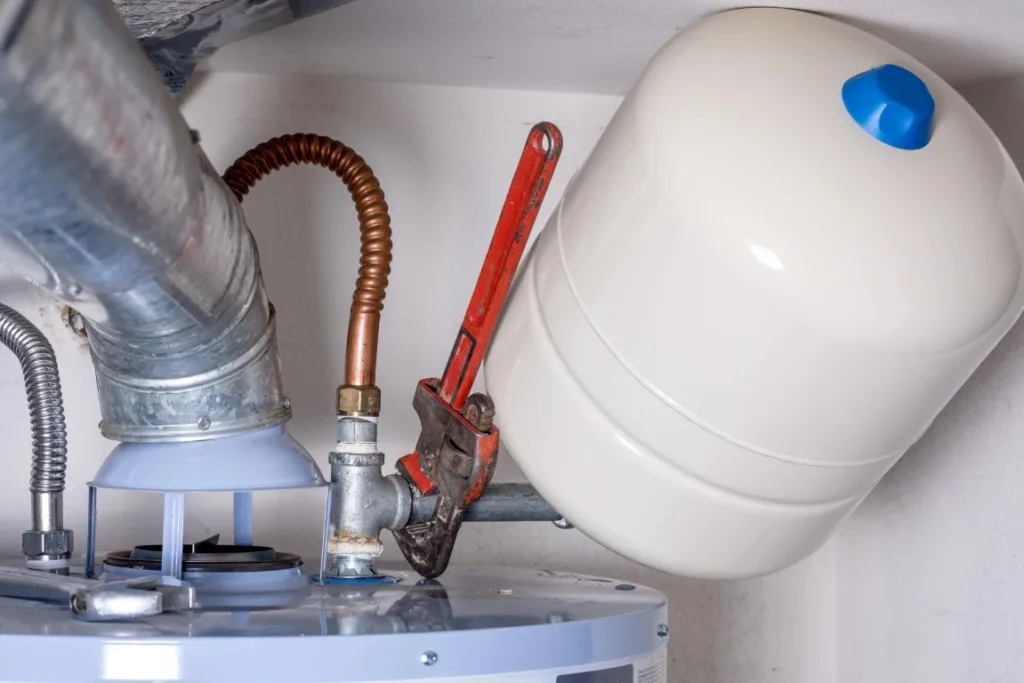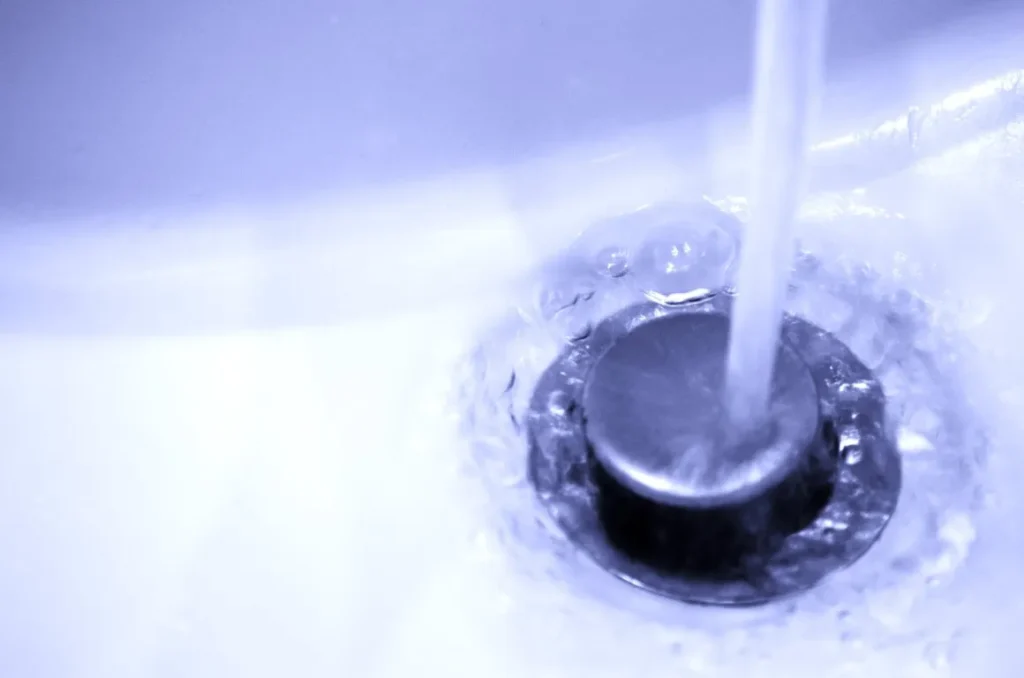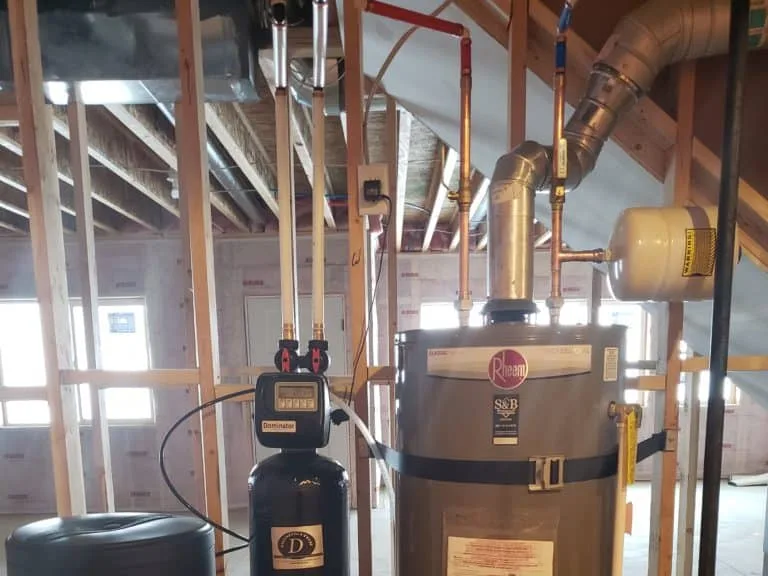
When it comes to home plumbing, you’re likely familiar with common components, such as pipes, faucets, and water heaters. But you may not know about one crucial part of your plumbing system: the expansion tank. This small, simple device plays a vital role in maintaining the safety and longevity of your water heater and the overall plumbing system.
What Is an Expansion Tank?
An expansion tank is a small tank installed near your water heater, usually connected to the cold water supply line. It’s divided into two sections by a rubber bladder: one side holds water and the other side contains compressed air; this helps keep the air from dissolving into the water, which can cause corrosion. This tank absorbs excess water pressure caused by thermal expansion, protecting your pipes, fixtures, and the water heater itself.
Why Does Pressure Build Up?
When water heats up, it expands in a process known as thermal expansion. In a closed plumbing system (where there’s a check valve or backflow preventer keeping water from flowing back into the municipal supply), the expanding water has nowhere to go. This causes a buildup of pressure within your pipes and water heater. A 50-gallon water heater can generate over a gallon of extra water volume when heating from cold to hot.
Too much pressure can cause:
- Pipes to crack, buckle, or even burst.
- Seals and joints to break down and leak.
- Appliances, such as a dishwasher and washing machine, to break down prematurely.
- The relief valve to malfunction.
- The water heater to weaken, eventually leading to leaks or even a catastrophic rupture.
- Extremely hot water to flow through faucets and fixtures, posing a risk of scalding.
In rare cases, a weakened water heater under high pressure can explode.

How Does an Expansion Tank Help?
An expansion tank gives the expanding water a place to go. As the water heats and expands, it pushes against the bladder, compressing the air inside the other chamber. This keeps your system’s pressure within safe limits and reduces stress on your plumbing.
Do You Need an Expansion Tank?
In many areas, building codes require an expansion tank if you have a closed plumbing system. But even if it’s not required by code, it’s highly recommended, especially if you:
- Have a backflow prevention device or pressure-reducing valve.
- Notice frequent leaks or drips from your temperature and pressure relief valve.
- Want to extend the life of your water heater and plumbing fixtures.
- Your water heater warranty will be voided without one.
- You hear banging or knocking in the pipes after heating cycles. This is called water hammer, and it happens when a pressure surge has nowhere to go.
Signs You May Need a New One
Expansion tanks don’t last forever. Over time, the internal bladder can rupture or the tank can lose its air charge. Here are signs it might need replacing:
- Water is leaking from the tank or connections.
- The tank feels full of water on both ends (to test this, tap the top half of the tank where the air chamber is: it should sound hollow if working correctly).
- You experience water pressure issues or frequent valve leaks.
- The tank is over 10 to 15 years old, even if you don’t notice any immediate signs of failure.
- You notice black debris or rubber flakes when you run your faucets.
An expansion tank should be installed by a professional to ensure it works properly and maintains the correct pressure.
Even though expansion tanks are low-maintenance, they should be checked periodically. You should:
- Test the pressure annually to ensure it matches your home’s water pressure, typically 40 to 60 psi.
- Look for signs of corrosion or water leakage.
- Replace the bladder if it fails or pressure readings are off.
- Listen for rattling or noise during operation, which may indicate that the tank is leaking and needs repair or tightening.
Don’t Let Pressure Build Up in Your Water Heater

An expansion tank may be small and inconspicuous, but it plays a big role in keeping your water heater and plumbing system safe. By absorbing excess pressure from the heated water, it helps protect your water heater, pipes, and fixtures from costly damage. By recognizing the signs of a failing expansion tank, such as leaks, a waterlogged tank, or fluctuating pressure, you can save yourself from dealing with bigger plumbing issues down the road.
If you suspect your expansion tank isn’t working properly, don’t wait. Have a licensed plumber inspect and replace it if necessary so your home stays protected and your water system runs smoothly.
